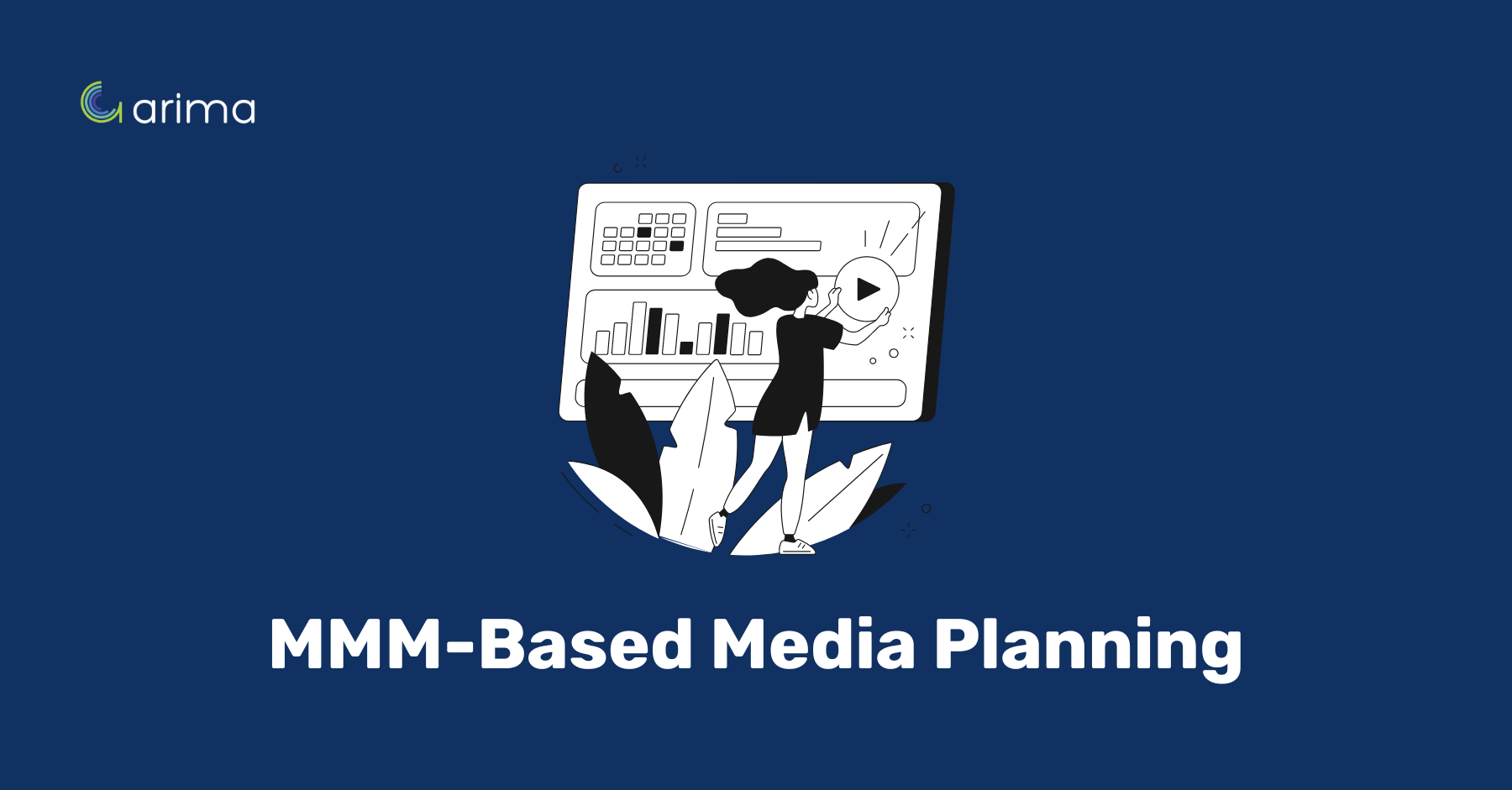Updated Sept 2024
Syndicated, panel-based data is often used to choose media channels for a campaign. This data gives planners useful insights into audience behaviour, media preferences, and what the audience cares about. Do they spend more time on Reddit or Pinterest? Does it matter that our product is ‘Made in Canada’? While this information is helpful, if used alone without understanding the brand’s specific customers, it can sometimes lead media buyers in the wrong direction.
What is syndicated data?
Syndicated data refers to aggregated data about the general population, collected through panel-based surveys and balanced household studies. Participants, recruited online or on the phone, answer questions about brand awareness, media consumption, and product usage. This data is then aggregated and modeled to represent broader trends. Despite its utility, syndicated data has limitations:
- Non-Proprietary: This data is available to all brands in the category, reducing its uniqueness.
- Standardized Format: While necessary for trending, it limits control over data collection and question design.
- Sampling Bias: Online-only recruitment may miss segments of the population, skewing results.
Supplementing with First-Party Data
To gain deeper insights into their specific brand, advertisers and agencies often turn to first-party data to complement syndicated data. First-party data is collected and owned directly by the brand or agency. Here are some common sources:
- Brand/Campaign Awareness Studies: These studies help advertisers understand how their brand is perceived by the target audience or measure the reach of a media campaign. Often conducted by third parties, these studies can be performed online, by phone, or through both methods.
- CRM Platforms: CRM (Customer Relationship Management) platforms offer valuable insights into existing customers, helping advertisers create look-alike audiences. Key data from CRM platforms includes:
- Customer Location: Identifies where customers are located and reveals if certain areas have higher spending or conversion rates.
- Customer Demographics: Provides information based on purchase patterns, such as whether customers buy mostly male or female products, or whether they purchase toys and kids’ clothes, including details about the children’s age group.
- Search Activity: Shows where demand is highest for products or brands by tracking online search behavior.
These first-party data sources enrich understanding of current and potential customers but don’t typically reveal which marketing activities drive searches or sales and may not integrate easily with other software for media planning.
The intelligence gathered from these first-party datasets can help brands better understand their current and prospective customers, but none of them is able to tell brands what marketing activities lead to that search or sale, and historically, none of them is able to integrate into other software for enhanced media planning easily.
At Arima we’ve developed a data science platform that can easily overlay all these first-party and syndicated data sets onto our privacy-first synthetic society to create the ultimate target customer profile. But that’s only half of it. We also allow users to seamlessly incorporate ROAS data from their marketing mix models (MMM) into the campaign planning process.
Leveraging Marketing Mix Modelling Data
If an advertiser has an up-to-date, geographically relevant MMM, they can combine the ROAS data found within syndicated data and proprietary first-party data to create a truly tailored media campaign.
Let’s look at how the process could work using Arima’s platform.
To get started, users first define the audience segment they are looking to reach by combining audience variables from multiple data sources; this can be data from the Synthetic Society industry-recognized syndicated data sources and any of the first-party data we mentioned above.
Once the audience segment is defined, advertisers can create custom media plans by:
- Selecting Media Channels: Choose which media channels to include in the analysis.
- Entering CPMs/CPPs: Input CPMs (Cost Per Thousand Impressions) and CPPs (Cost Per Point) based on historical rates, renegotiated rates, or vendor-submitted rates.
- Defining Campaign Duration: Set the length of the campaign.
- Integrating MMM Data: If available, select the relevant Marketing Mix Models within the Arima platform to pull data from.
From there, multiple campaign scenarios can be evaluated to see which combination results in the optimal reach/frequency against the established audience segment and campaign objective.
Having brand-specific ROAS data from an up-to-date MMM act as a factor in the media planning process has major benefits to the media planner.
Instead of relying solely on syndicated data to choose media channels or just looking at which digital channels perform well in MTA analysis, MMM data is unique to the advertiser and covers all channels.
For example, syndicated data might show that an advertiser's target audience spends time listening to terrestrial radio, watches TV regularly, and uses Facebook lightly. Based on this data alone, a media planning platform might suggest allocating the budget to 60% Radio, 30% TV, and 10% Facebook. However, if previous MMM ROAS data is included in the planning and it shows that, for this brand, radio has a ROAS of $35, TV $45, and Facebook $50, the recommendation would shift to increase the budget for Facebook, where the ROAS is higher.
This is a very, very simple example, but it illustrates the power MMM data can have when developing media campaigns.
Bringing it all together
By combining all data sources into one platform, advertisers and agencies get a complete view of their current and potential customers. They gain insights into which media platforms and tactics work best for their industry and their brand. This helps in building, analyzing, and optimizing media campaigns effectively.
Curious how this can transform your media strategy? Contact Arima today for a demo.
Want to dive deeper into media campaign optimization? Check out our related articles for more insights and strategies!
Marketing Measurement for 2024 and Beyond

